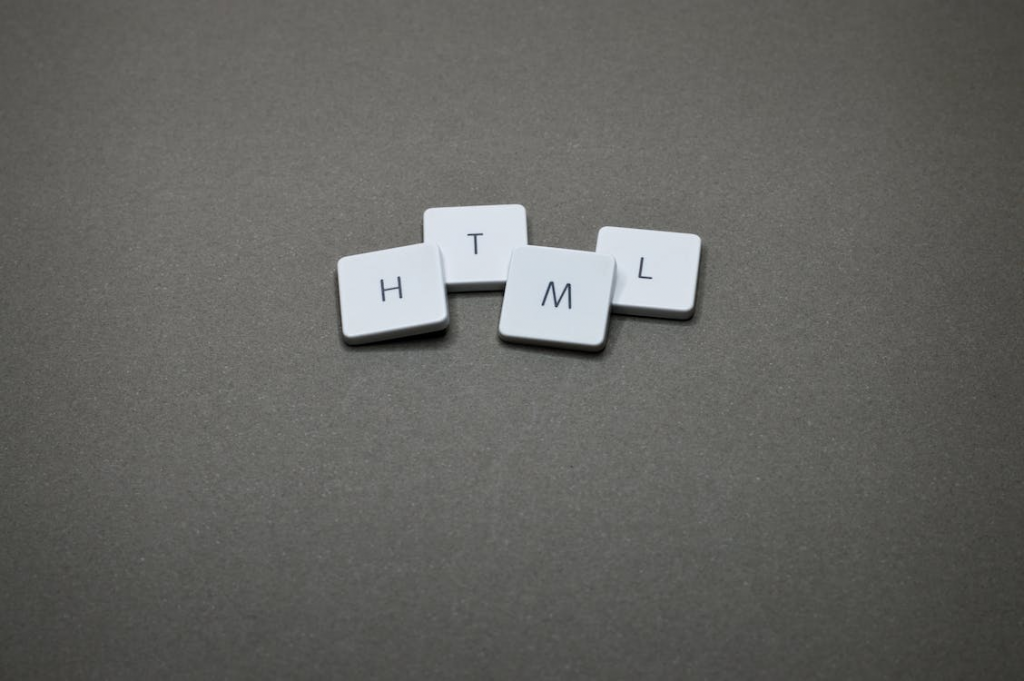31 August
How do slow mobile internet speeds limit website design?
Design
min. read
Design for mobile devices can be a challenge, especially when it comes to the issue of internet speeds. Let’s face it, most of us have had the experience of trying to load a website on our phones only to have it take forever, or even worse, time out before it finally loads. This is especially frustrating when we know that the same website loads almost instantly on our desktop computers. So what is the cause of this difference, and more importantly, what can be done about it?

Why it is slow?
The main culprit behind slow mobile internet speeds is the fact that most mobile devices are powered by 3G or 4G networks. These networks are significantly slower than the home broadband connections that most of us are used to. In addition, many mobile service providers throttle speeds on their networks in order to reduce congestion and conserve bandwidth. This means that even if you have a fast connection, you may not be getting the full speed that you’re paying for.
Solution for loading speed to improve the design?
One way to combat slow mobile internet speeds is to make sure that your website is designed to load quickly on all devices. This includes optimizing your images and using CSS media queries to serve different stylesheets to different devices. In addition, you should avoid using large files such as video and audio which can take a long time to load on mobile devices.
CDN for the rescue!
Another way to improve the speed of your website on mobile devices is to use a content delivery network (CDN). A CDN is a network of servers that deliver content to users based on their geographical location. This means that your website will be delivered from a server that is closer to the user, resulting in faster loading times. There are many free and paid CDN services available, so be sure to do your research to find the one that best suits your needs.

Caching locally
Lastly, you can try using a caching plugin for your WordPress website. Caching plugins store a copy of your website’s files on the user’s device so that they don’t have to be downloaded each time they visit your site. This can significantly reduce loading times, especially for users who visit your site frequently. There are many different caching plugins available, so be sure to test a few out to see which one works best for you.
Slow mobile internet speeds can be frustrating, but there are ways to combat them. By optimizing your website for speed and using a CDN, you can ensure that your site loads quickly on all devices.
Need a helping hand with loading or the design?
We at Prographers offer to specialize in web development and small optimizations like that to give you the edge over the ever-competitive market of web pages.
Contact us and let’s solve real issues together at https://new.prographers.com/contact
Let's talk
I agree that my data in this form will be sent to [email protected] and will be read by human beings. We will answer you as soon as possible. If you sent this form by mistake or want to remove your data, you can let us know by sending an email to [email protected]. We will never send you any spam or share your data with third parties.
I agree that my data in this form will be sent to [email protected] and will be read by human beings. We will answer you as soon as possible. If you sent this form by mistake or want to remove your data, you can let us know by sending an email to [email protected]. We will never send you any spam or share your data with third parties.